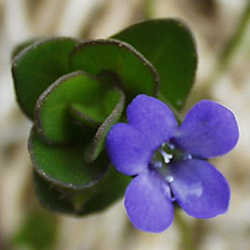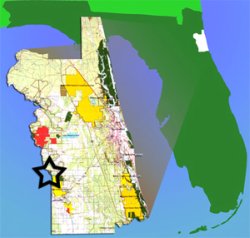Florida Needs Your Help

Dear Friends and Native Plant Enthusiasts, Protecting our waters, cherished natural areas and wildlife is fundamental to a healthy and vibrant Florida. It’s not too late to make 2013 the year in which you make a difference. How? By helping FNPS and Florida’s Water and Land Legacy Campaign place a critical conservation amendment on the November 2014 ballot. Good karma will come back to those who gather signatures! Given the glorious weather of late, it is no wonder there will be so many outdoor festivals in the coming months throughout Florida. These offer some of the most productive signature gathering opportunities that this campaign can benefit from. For this reason, we need volunteers now more than ever. To put the Water and Land Conservation Amendment on the 2014 ballot, we will need to gather 480,000 signatures (in addition to those we’ve already collected); we have less than one year to make this happen. Right now, the most important thing you can do to protect ou



